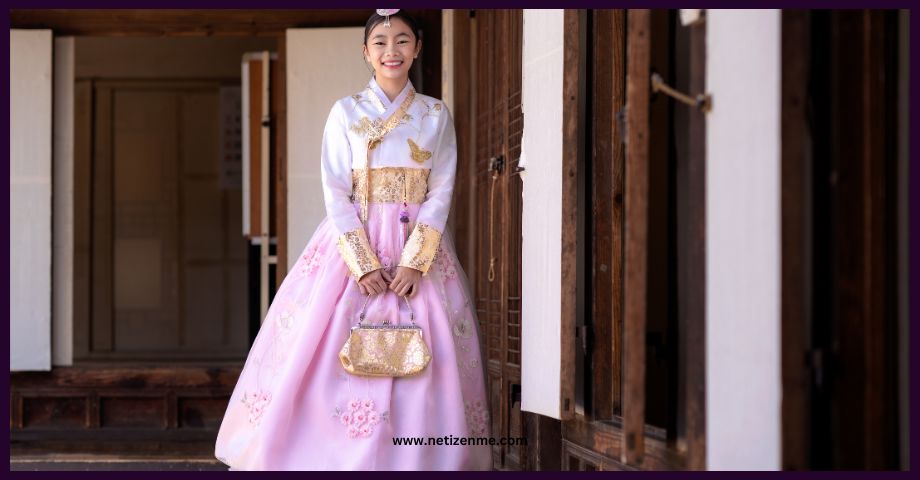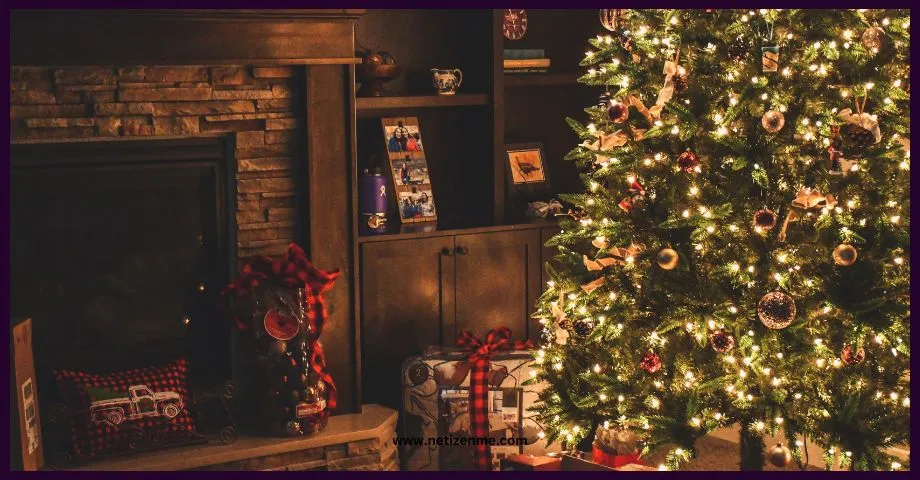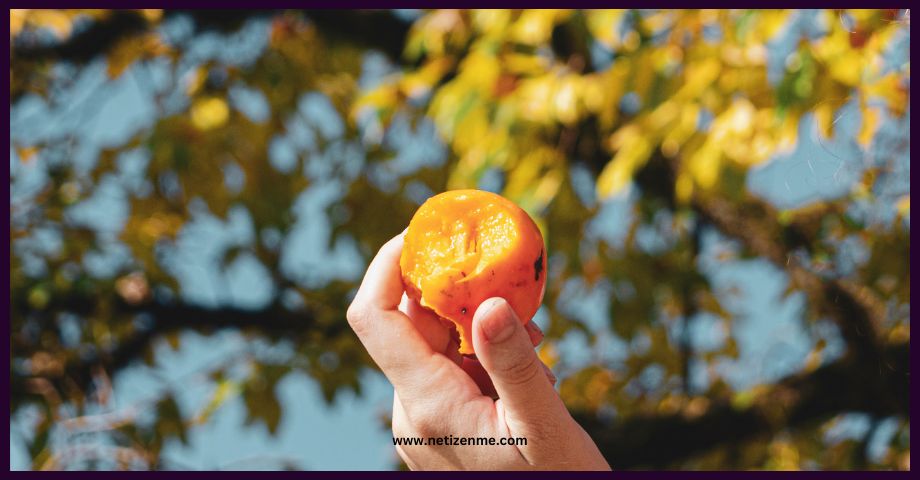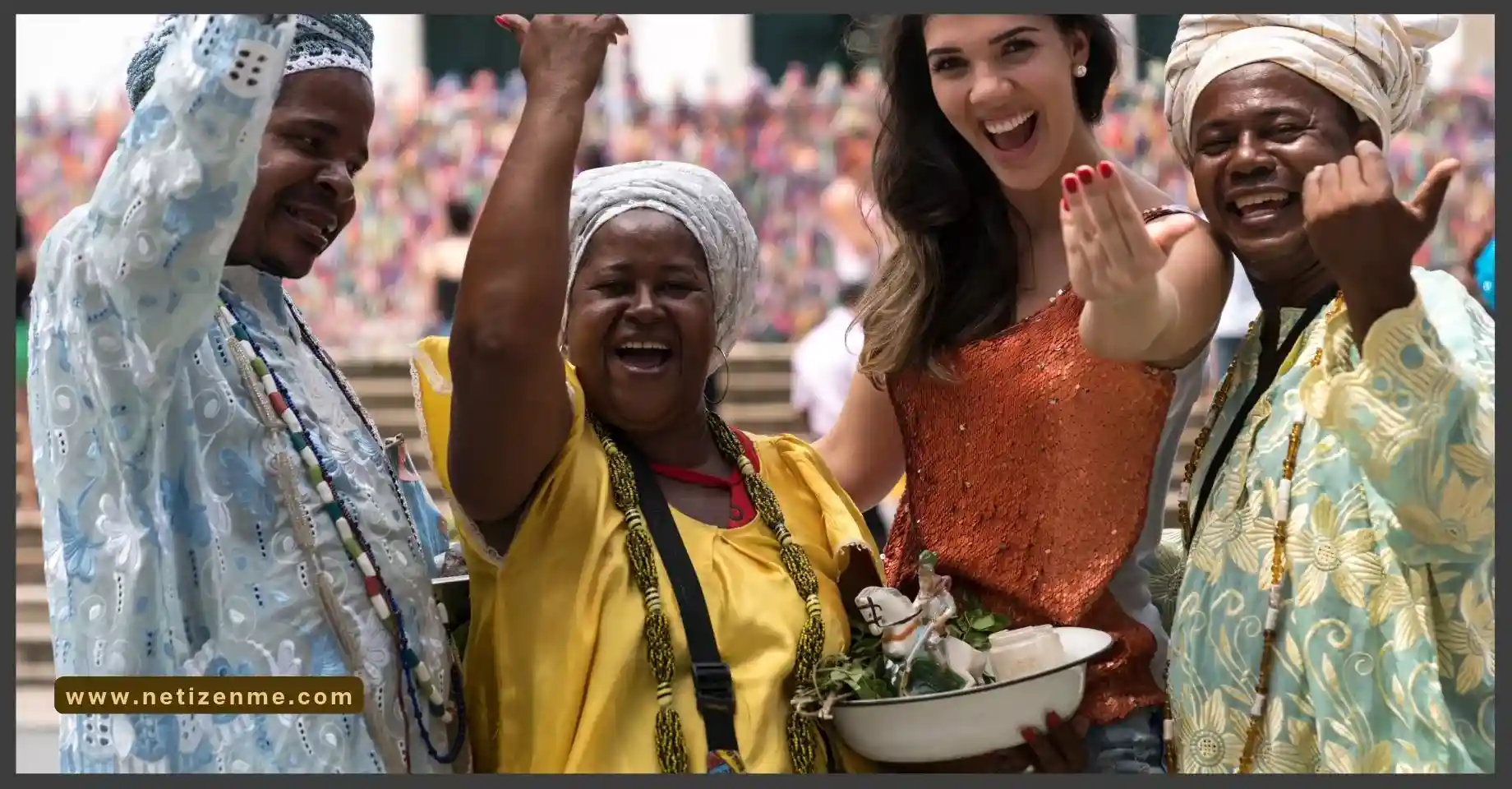Korean Hanbok, with its vibrant colors and graceful designs, is more than just clothing; it’s a cultural emblem that reflects the essence of Korea’s history and identity. In this blog post, we’ll take you through Korean Hanbok fashion, delving into its rich history, unique characteristics, and continued significance in modern Korean society.
Korean Hanbok Fashion: A Journey through Traditional Korean Clothing
Understanding the Origins of Hanbok
To truly appreciate the beauty of Hanbok, it’s essential to understand its roots. Hanbok, known as “한복” in Korean, has been an integral part of Korean culture for centuries. Its origins can be traced back to the Three Kingdoms period (57 BC – 668 AD), during which it was worn as everyday attire. However, Hanbok’s true transformation occurred during the Goryeo and Joseon dynasties (918-1910), when it became not just clothing but an embodiment of tradition, social status, and artistry.
Distinctive Characteristics of Hanbok
Hanbok’s unique design sets it apart from clothing in many other cultures. A traditional Hanbok comprises several key components: jeogori (jacket), chima (skirt), and baji (pants). The garments are characterized by loose, flowing lines, natural fabrics like silk and hemp, and vibrant colors. Hanbok is famous for its bold and harmonious color combinations, symbolizing different aspects of Korean life. These colors are not just aesthetically pleasing; they carry deep cultural and symbolic meanings.
Colors in Hanbok
Colors play a significant role in Hanbok, reflecting both tradition and symbolism. Red, symbolizing good fortune and joy, is often worn during celebrations and weddings. Yellow represents wealth and honor, while blue symbolizes eternity. Each color is intentionally chosen, adding depth and meaning to the attire.
The Influence of Confucianism on Korean Hanbok
Confucianism, a cornerstone of Korean culture for centuries, has greatly influenced the design of Hanbok. Under Confucian influence, social status was vital, and this was reflected in the clothing. The design and color of the Hanbok could indicate the wearer’s rank and status in society. The use of the Hanbok extended beyond mere clothing, serving as a visual marker of one’s place in the social hierarchy.
Hanbok in Modern Korea
While Hanbok has a deep historical connection, it has not remained static. It has evolved, adapting to changing lifestyles and tastes. In modern Korea, people wear the Hanbok on various occasions, from weddings and traditional holidays to fashion shows and cultural events. It’s no longer restricted to formal attire; Hanbok has become a symbol of Korean cultural pride.
The Hanbok Revival
In recent years, there has been a resurgence of interest in Hanbok. This revival can be attributed to a combination of factors, including a renewed sense of cultural identity among South Koreans and increased global awareness of Korean culture. Young Koreans are embracing Hanbok as a fashionable choice, and designers are incorporating traditional elements into modern clothing, creating a fusion of the old and the new.
Celebrities and Hanbok
The influence of Korean pop culture, known as Hallyu, has extended to the fashion realm. Korean celebrities in the country and globally have donned Hanbok on various occasions, bringing further attention to this traditional attire. It’s not unusual to see K-pop stars and actors wearing Hanbok for photoshoots or public appearances, showcasing the fusion of modernity and tradition. The supergroup BTS often promotes traditional and modern hanbok by blending it with their breathtaking performances.
The Future of Hanbok
As we look to the future, Hanbok’s continued relevance is specific. It’s a living tradition that adapts to the times, constantly evolving but never forgetting its rich heritage. Whether you’re a fashion enthusiast or a history buff, exploring the world of Hanbok is a journey into the heart and soul of Korean culture.
Korean Hanbok fashion is more than just clothing; it represents history, identity, and culture. With its vibrant colors, distinctive design, and deep-rooted symbolism, Hanbok continues to captivate the hearts of Koreans and the world. From its ancient origins to its modern-day resurgence. The Hanbok is a testament to the enduring beauty of tradition in an ever-changing world.
Hanbok is a treasure that unites the past and the present, celebrating the timeless essence of Korea.
This article is written by:

Eunjin Kim
With a background in art and design, driven by her passion for artistic expression and cultural promotion, Eunjin is on a mission to shine a spotlight on the vibrant heritage and irresistible charm that South Korea has to offer.




